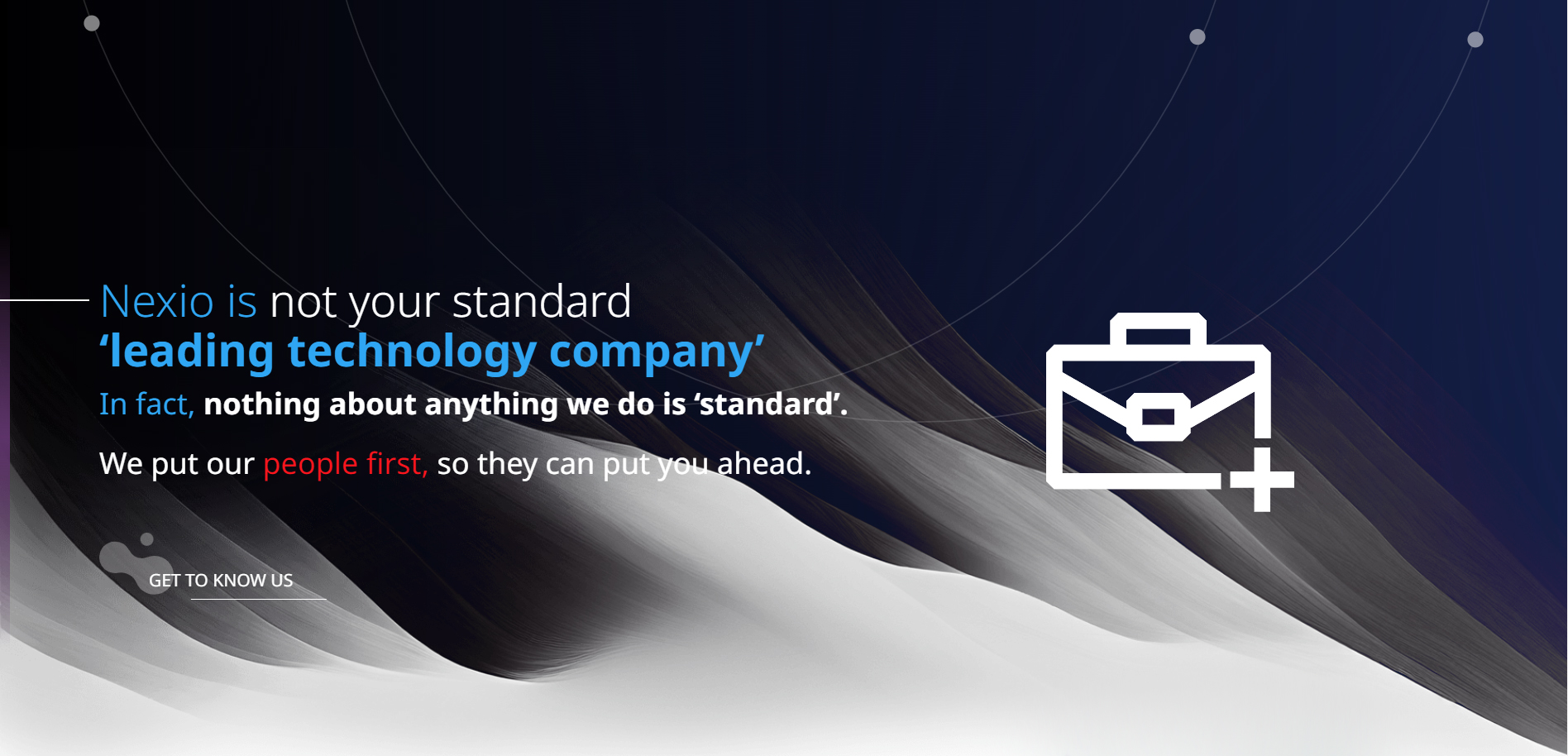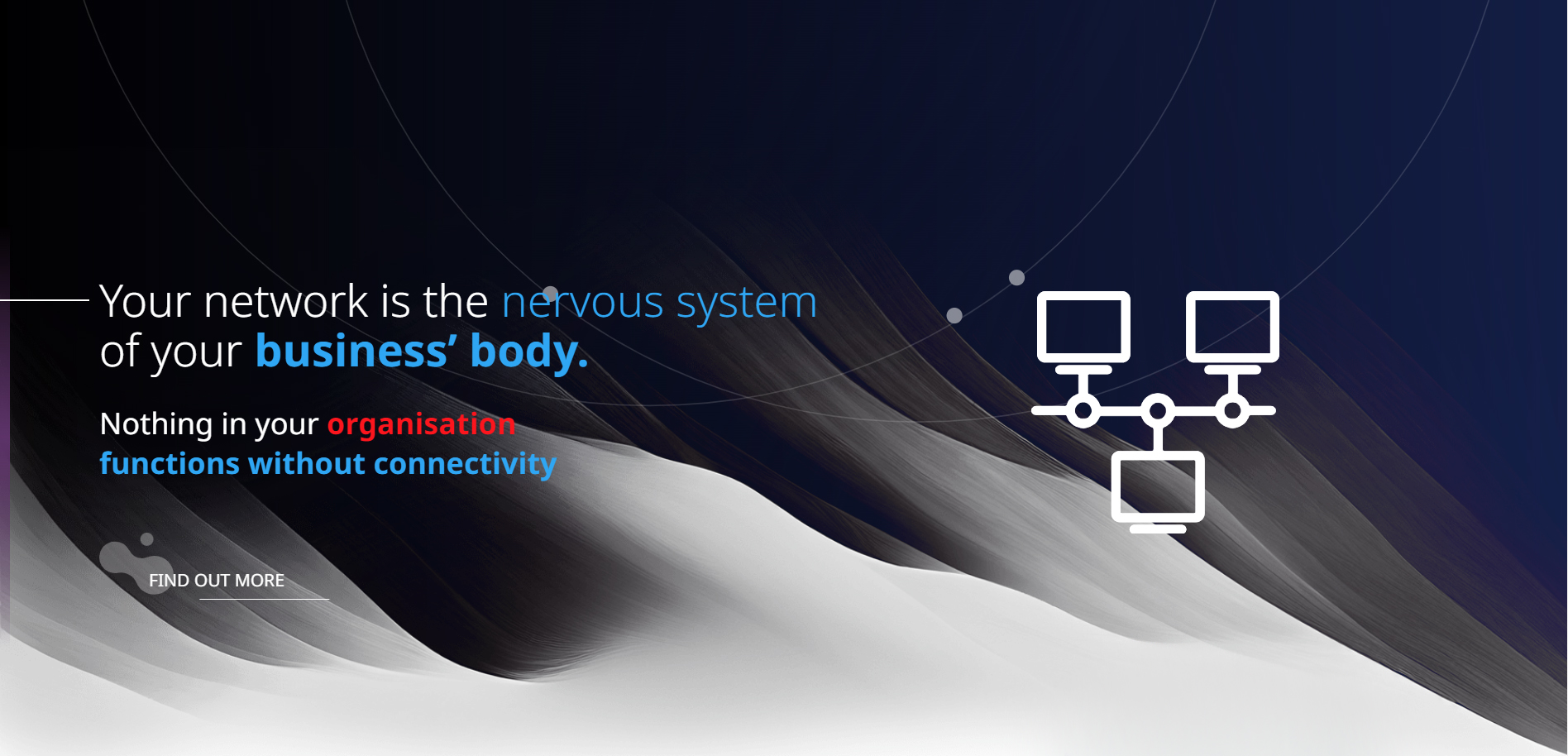When the lights go out, it affects many parts of our lives. Suppers go uncooked. Shows go unwatched. Devices go uncharged. Oxygen and dialysis machines stop working. Traffic snarls in dead intersections.
Yet what you might not have considered is how load-shedding impacts your business data. You likely think: "We're safe. We have backups." But there are real risks that the continual power failures can expose: weaknesses in your data processes and even massive business issues in the long term.
"One of the most common problems we've seen among companies is with data backups," says Naeem Cassim, Cyber Security Consultant at Nexio South Africa. "They may lose data due to load-shedding, only to discover their backups were not as complete as they assumed. That, or they struggle to backup systems and perform recoveries during the periods they have power."
Power failures are exposing significant issues in data processes. It's a particular issue for on-premises systems, yet cloud storage is not immune. There are numerous data-related strategic and legal reasons to consider when electricity supply is precarious. Fortunately, companies can avoid these issues by considering several essential steps, such as creating and testing data management plans.
Make and test your data plans
No single answer can address data challenges during recurring power failures. Organisations must create and test data resilience plans to adjust to disruptions and recover quickly if something goes wrong.
"Several data laws in South Africa stipulate how to manage your company data," says Zinta Strydom, Executive Head of Legal, Governance and Compliance at Nexio South Africa. "The problems created by load-shedding will test your compliance and security, so don't be underprepared."
Nexio recommends several crucial steps:
- Develop data resilience plans and test them. An experienced technology partner is instrumental and ensures quick delivery.
- Consider backups and recovery times relative to load-shedding periods. Assume the worst and work out what it would take to reach a productive state again.
- Document data processing activities and map them in-house – this is particularly important for compliance.
- Understand the different data responsibilities between your organisation and third parties, such as cloud providers.
- Develop co-ordination between productivity and backups to avoid cutting corners.
- Invest in data security: criminals and malicious employees are exploiting load-shedding's chaos to get away with data theft.
- Treat exercises such as compliance with the Protection of Private Information Act as strategic, not just checking boxes.
The problem with data backups
Data backups are notorious for the time they require. Estimates vary, but it's not unusual to take several hours, even days, to back up volumes of 100 gigabytes and larger. These timings vary depending on the conditions and types of data. But data administrators will agree that backing up systems and large databases or applying best practices such as the 3-2-1 rule (three copies of data, two different media, one copy off-site) takes time.
Backups generally occur when it's most convenient for users, typically after hours or during co-ordinated periods to reduce productivity losses. Load-shedding severely impacts these arrangements, assuming a company's backup and recovery processes work well. Most often, they do not.
"Companies are realising they have gaps in their backups," says Cassim. "These gaps likely occur because there used to be time to catch up, so the backups focused on the most critical data. But in many cases, they discover that their backup processes are not as effective as they assumed because they did not test the processes enough or establish a proper backup and resilience plan in the first place. This creates knock-on effects, especially for productivity and security."
Some say they use cloud services, giving them full backup coverage. But Strydom says the cloud does not solve all these issues.
"The first problem is assuming your cloud provider has everything covered. Yet they do not because that isn't their obligation. Study the fine print – they don't take on all your data liabilities. The second problem is that the cloud is not impervious to failure. Things can go wrong, especially when there are frequent power cuts. Again, look at the fine print. All respectable cloud providers state you are responsible for backups. And then there are legal considerations. You might move data to cloud hosts, but are you also adding your compliance and governance? Are you still in line with data sovereignty and personal information laws?"
Security has particular prominence in such concerns. The chaos of adjusting to load-shedding can undermine security measures such as access rights and encryption of on-premises or cloud backups and even live data. If you don't pay attention, load-shedding can severely undermine your data security, integrity and availability.
Take care of your data
Employees are the vital organs and applications are the muscles of a company. Data is the lifeblood. When it stops flowing, so does everything else. Load-shedding poses a particular threat to data and continued power shortages expose the cracks in data plans and strategies.
Don't assume your data is okay. Talk to an experienced technology partner and find out if there is more you can do. Create and test data backup and recovery plans. Then you can make your business more resilient, even when the lights are out.
Share



